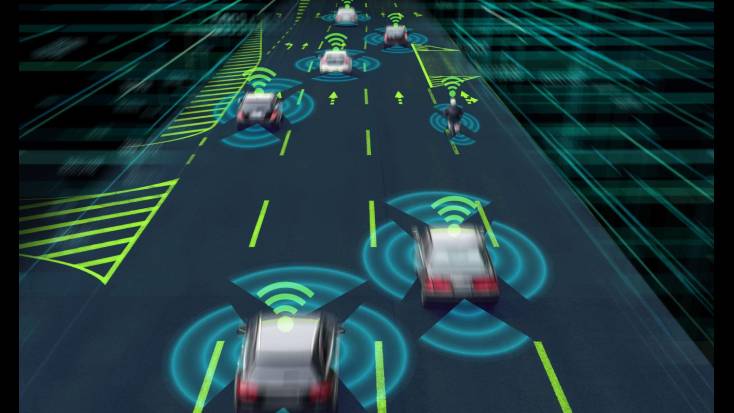Table of Contents
Introduction
Adaptive Cruise Control (ACC) is a driving assistance feature that can control a car’s accelerator and brakes to reduce your job behind the wheel. Additionally, it’s an evolution of traditional cruise control that can hold your speed, follow the traffic ahead, and maintain a safe distance.
Additional Terms for Adaptive Cruise Control (ACC):
ACC has many other terms that describe its functions, such as:
- Active cruise control
- Dynamic cruise control
- Radar cruise control
- Automatic cruise control
- Intelligent cruise control
ACC functions by sensor technology installed within vehicles, such as cameras, lasers & radar equipment, which gives an idea of how close one car is to another or other objects on the roadway.
Kinds of Adaptive Cruise Control:
- Radar-based System
- Laser-based System
- Optical System
- Assisting System
- Multi-sensor System
- Predictive System
History of Adaptive Cruise Control
From the early 2000s, big car industry brands, such as Ford, BMW, Mercedes, Cadillac, Volkswagen, Infinity, Hyundai, Toyota & Audi, created their versions of Adaptive Cruise Control in the vehicles. These features have evolved into a high-tech system with automatic braking and speed control.
How Does Adaptive Cruise Control Work?
Adaptive cruise control is an intelligent system:
- One will first need to reach the desired speed by accelerating as usual.
- Press the ‘ set ‘ button once the desired speed is on the mark.
- One can set the distance they’d like to keep between their vehicle and the one in the front. Additionally, if the car ahead starts to slow down, the vehicle will notify the driver to start braking or slow down to maintain the set distance.
- When using the braking system, ACC will deactivate automatically.
Pros & Cons of Adaptive Cruise Control:
Whether one drives a vehicle with Adaptive Cruise Control or an older car with standard cruise control, one may enjoy using the feature, particularly on long drives or during daily commutes. Using cruise control can make driving easier. Nonetheless, it also comes with a few drawbacks one must be aware of.
Pros:
- It takes over speed and distance control, reducing involvement and fatigue.
- Freely adjusting speed and distance alleviates the risk of rear-end collisions, stimulating safer driving.
- Its smooth acceleration and deceleration technique optimize fuel consumption.
- During difficult traffic conditions, it manages speed and follows distance smoothly, reducing the stress of stop-and-go driving.
Cons:
- Adaptive cruise control relies on sensors, which might be affected by adverse weather conditions affecting its functionality.
- Drivers will need to remain attentive & prepared to mediate, especially while navigating complex urban traffic.
- Cruise control is a great feature to help those driving longer hours or distances by controlling the vehicle’s speed, but it does not entirely control your car.
Conclusion
In conclusion, Adaptive Cruise Control represents a remarkable advancement in automotive technology, fundamentally transforming the driving experience. This smart system, which adjusts a vehicle’s speed to preserve a safe following distance from the car ahead, offers improved safety, comfort, and convenience on the road.
ACC leverages a combination of radar, lidar, or camera sensors and sophisticated algorithms to monitor traffic conditions and adjust vehicle speed accordingly. Additionally, its ability to reduce driver fatigue, enhance traffic flow, and mitigate the risk of rear-end collisions has made it a key feature in modern vehicles.
As autonomous driving technology continues to develop, ACC serves as a critical stepping stone toward a safer and more efficient future of transportation.

